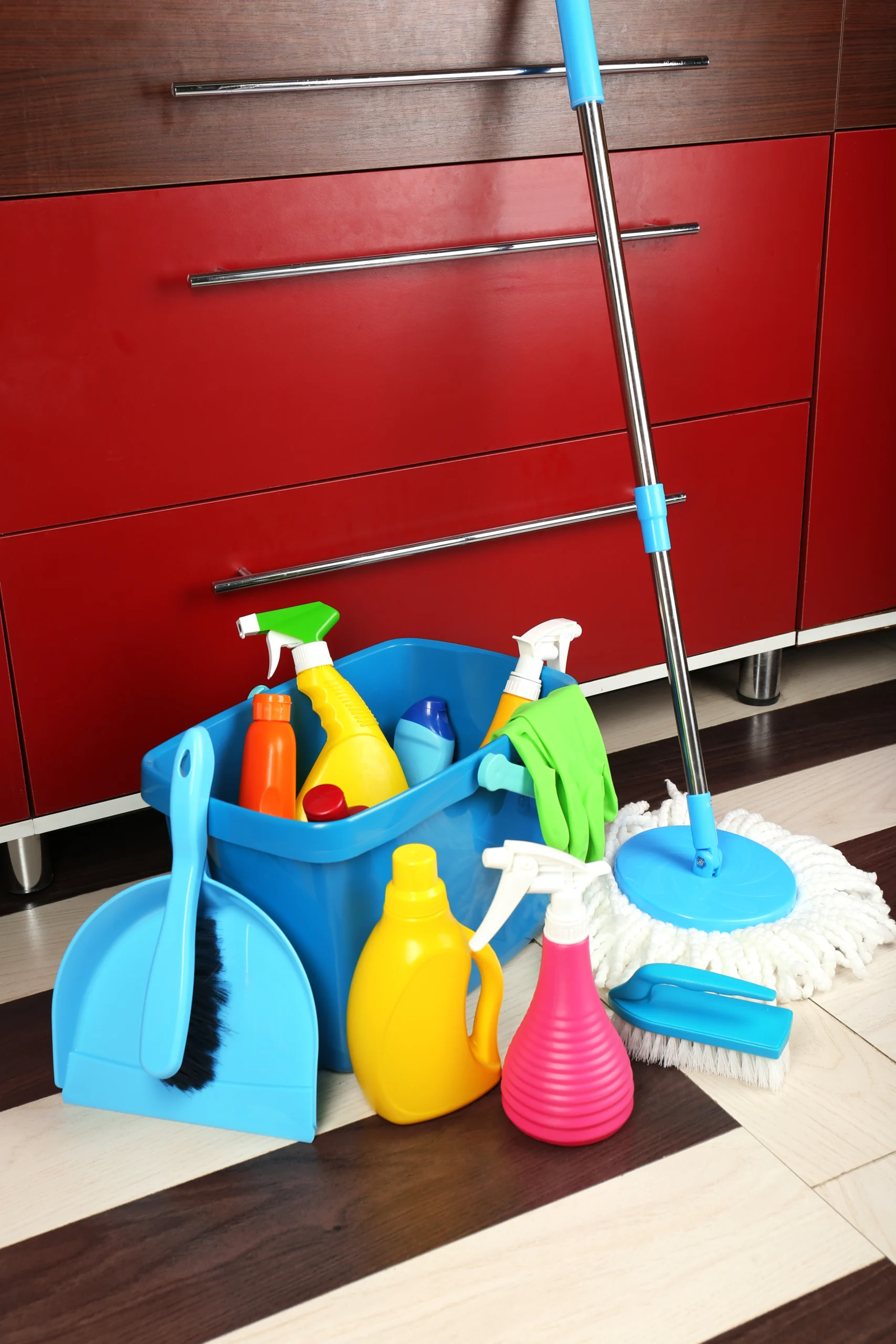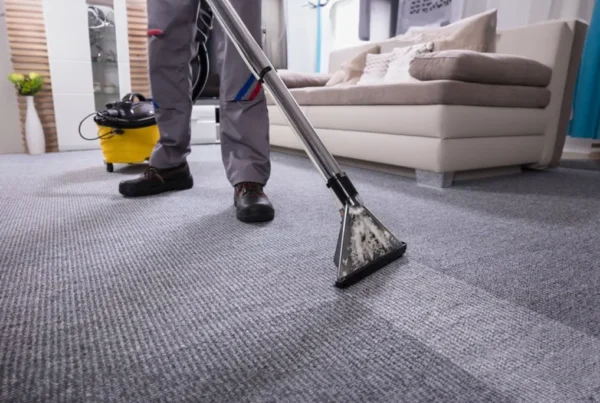Common Reasons You Have Roaches in a Clean Home
It’s a situation that frustrates even the most diligent homeowners—you keep your home spotless, the counters are wiped, dishes washed, floors vacuumed, and the garbage is never left to overflow. Yet somehow, you still spot a cockroach skittering across the floor. So naturally, the first question that comes to mind is, “Why do I have roaches in my clean house?”
The truth is, having a clean home does not make you immune to roach infestations. These pests are incredibly resourceful, driven by survival instincts that have helped them thrive for millions of years. Even the cleanest homes can attract roaches for reasons entirely unrelated to dirt. Understanding what draws these pests in is key to keeping them out for good and getting rid of them when they appear.
Common Reasons Roaches Invade Clean Homes
1. They’re Searching for Shelter
Roaches are primarily nocturnal creatures that love dark, warm, and humid environments. When they’re not searching for food or water, they’re hunting for a place to nest. Unfortunately, even spotless homes have plenty of places for roaches to hide.
Some common hiding spots and entry points include:
- Gaps around doors and windows
- Spaces behind and beneath appliances
- Cracks in walls or floors
- Vents leading outside
- Cable or plumbing entry points
- Tears in the door or window screens
In apartments or condos, roaches can also travel between units through shared walls and plumbing systems. Even leaving your door open for a moment during grocery unloading can allow a few pests to sneak in. A thorough inspection around your home’s perimeter—both inside and out—is the first step toward keeping them out.
2. They’re Attracted by Water
Roaches are highly moisture-dependent. They can live without food for up to a month, but without water, they’ll die in as little as a week. This is why you often find them in bathrooms, under sinks, around dishwashers, or anywhere condensation forms.
Common household water sources that attract roaches:
- Leaky pipes under sinks or behind walls
- Condensation on air conditioning units or fridges
- Wet dish sponges or rags left on the counter
- Standing water in pet bowls
- Poor drainage in the yard or basement
To discourage roaches, repair even minor leaks promptly, use a dehumidifier if necessary, and keep sinks and counters dry overnight. Don’t overlook outdoor sources—standing water in gutters or garden beds can also draw them close to your home.
3. They’re Foraging for Food
Even if you’re vigilant about cleaning, crumbs and food residue can accumulate in hard-to-see spots like behind appliances, in cabinets, or under furniture. Roaches have highly sensitive antennae and are excellent at sniffing out meals, even the tiniest ones.
In addition to human food, roaches will eat:
- Pet food left out overnight
- Grease residue or food spills behind appliances
- Paper, cardboard, and glue from book bindings and wallpaper
- Organic matter in trash bins
Keep pet food sealed and elevated, store pantry items in airtight containers, and vacuum or mop hard-to-reach places. Regular deep cleaning can eliminate those hidden food sources that roaches thrive on.
How Roaches Enter a Clean Home
Even with the most meticulous cleaning habits, your home can still be vulnerable to invasion. Cockroaches are expert infiltrators. They can flatten their bodies to squeeze through tight spaces and hitch rides on boxes, bags, or even secondhand furniture.
Common entry methods include:
- Cracks and crevices in your home’s foundation
- Openings around plumbing and electrical fixtures
- Grocery bags, cardboard boxes, and luggage
- Gaps around windows, doors, and air vents
- Shared plumbing systems in multi-unit buildings
Performing regular checks for gaps and sealing potential entry points with caulk or weather stripping can help reduce the risk of an infestation.
Can You Be Clean and Still Have Roaches?
Yes, you definitely can. Many people associate cockroaches with filth, and while they do love an easy meal left on a dirty floor, they’re more concerned with survival than cleanliness. Roaches are drawn to three main things: food, water, and shelter. If your clean home provides any of these, even in small amounts, you’re at risk of an infestation.
For instance, a single breadcrumb that slipped under your fridge, a few drops of water under the sink, or a cardboard box in the closet can all be sufficient to lure them in. Roaches don’t need much to get comfortable. So while maintaining cleanliness helps, it’s not a foolproof barrier against these unwanted intruders.
Signs of a Roach Infestation
How can you tell if you have more than just a stray roach? Here are some telltale signs:
- Live roaches: Especially if seen during the day, this may signal a larger infestation.
- Droppings: Small, dark, pepper-like specks near baseboards, under sinks, or in cupboards.
- Egg casings (oothecae): Brownish capsules that contain multiple eggs.
- Shed skins: Roaches shed their exoskeleton several times as they mature.
- Musty odor: A pungent, oily smell produced by roach secretions and pheromones.
If you notice any combination of these, it’s important to act quickly—roaches multiply fast, and a small problem can quickly spiral out of control.
How to Permanently Get Rid of Roaches
Successfully eliminating roaches involves more than just squashing the ones you see. You need a comprehensive approach to break the cycle.
Here’s how to do it:
1. Seal Entry Points
Use caulk, weatherstripping, and mesh screens to block potential access points around doors, windows, and plumbing fixtures.
2. Eliminate Moisture
Fix leaks, insulate pipes to prevent condensation, and use dehumidifiers in damp areas. Wipe down surfaces at night to remove moisture.
3. Starve Them Out
Clean regularly and keep food stored in sealed containers. Don’t forget to clean under heavy appliances and behind stoves.
4. Declutter Your Home
Reduce paper clutter and avoid stacking cardboard boxes—roaches love these materials and often use them for shelter and nesting.
5. Consider Professional Help
If the infestation is severe or persistent, professional pest control may be the most effective solution. Companies like ProClean not only help you with cleaning a new space but can also connect you with pest control solutions and offer guidance on preventing future infestations during or after a move.
What Smells Keep Roaches Away?
While not a guaranteed solution, some natural scents can help repel roaches and keep them from settling in:
- Peppermint oil: Mix with water and spray around baseboards and corners.
- Lavender or eucalyptus: These oils are also disliked by roaches.
- Bay leaves: Crushed and left in pantry corners or behind appliances.
- Citronella: Better known as a mosquito deterrent, it also irritates roaches.
- Cucumber peels: Some people report success with these, though results vary.
These natural methods work best as part of a larger strategy, not as a standalone fix.
Final Thoughts
Roaches don’t care how clean your house looks—they care about survival. Even the cleanest home can offer roaches everything they need: warmth, moisture, shelter, and just enough food to thrive. Understanding their behavior and taking proactive steps like sealing entry points, removing moisture, and regularly deep cleaning will make your home far less inviting.
And if you’re moving—especially from or to a home with pest problems—ProClean can help ensure a fresh, pest-free start.
Let ProClean Help You Keep Your New Home Roach-Free
Whether you’re moving in or out, the last thing you want to deal with is a roach problem. At ProClean, we not only handle your belongings with care but also prioritize the health and cleanliness of your new home. We offer insights, referrals, and support to help you avoid bringing pests into your new home. Don’t let roaches hitch a ride into your new space. Call ProClean today to schedule your House Cleaning Surrey and learn how to safeguard your home from unwanted pests—before and after the move.
Follow us on our socials here
Find out more articles that can help you below:
How to Clean Roach Infested House
[/fsn_text][/fsn_column][/fsn_row]




